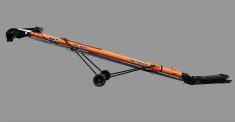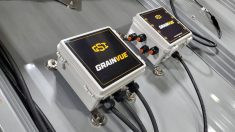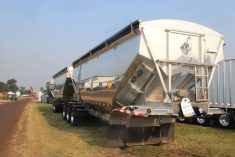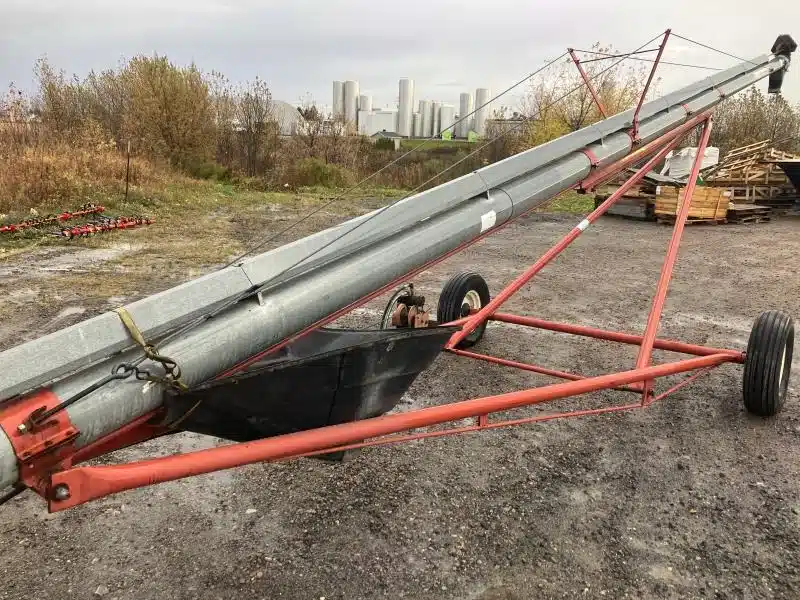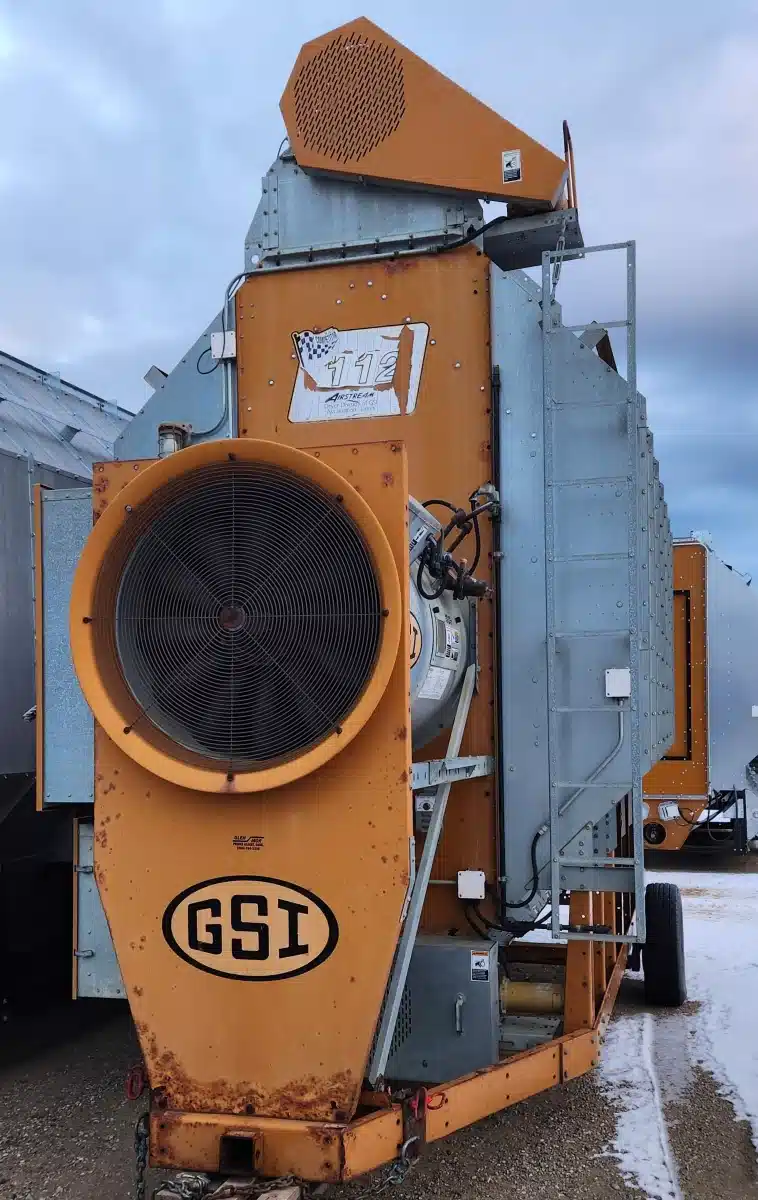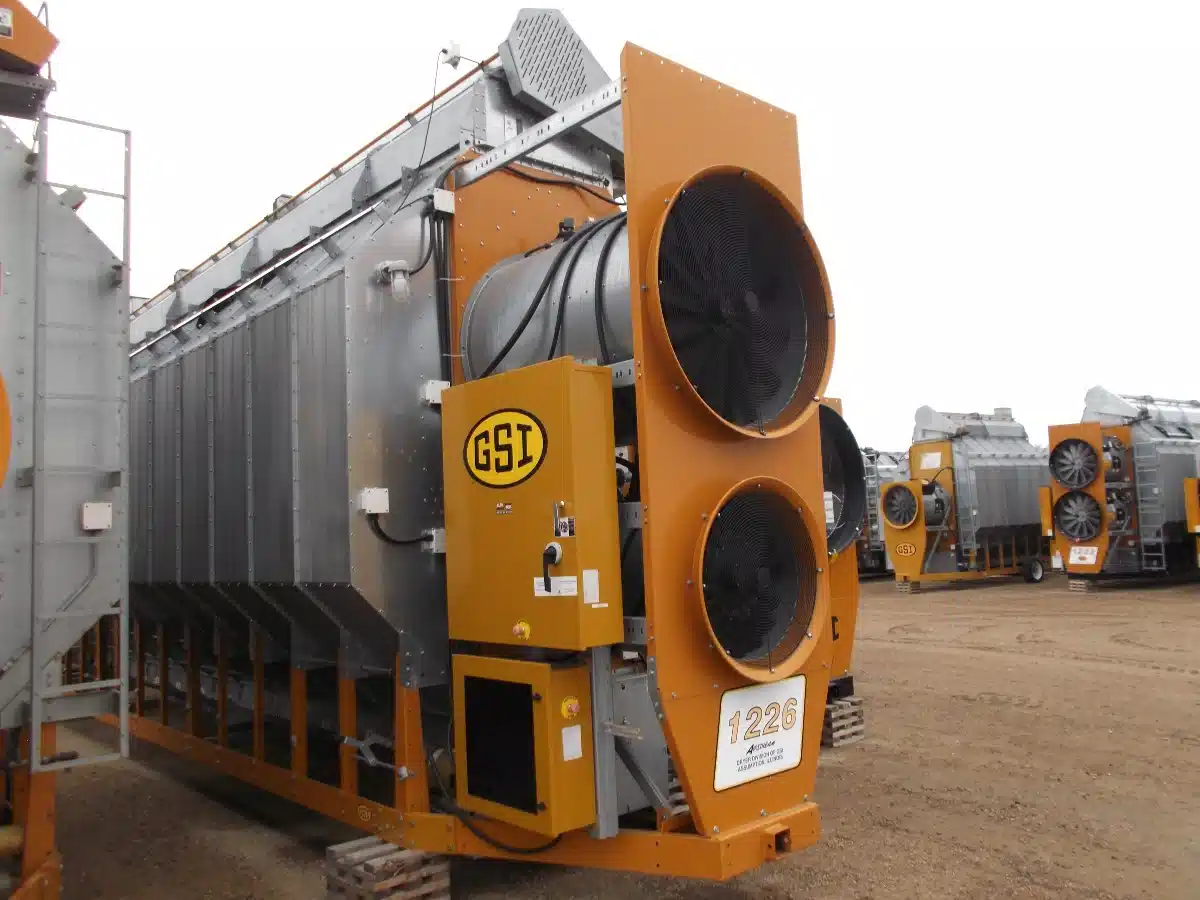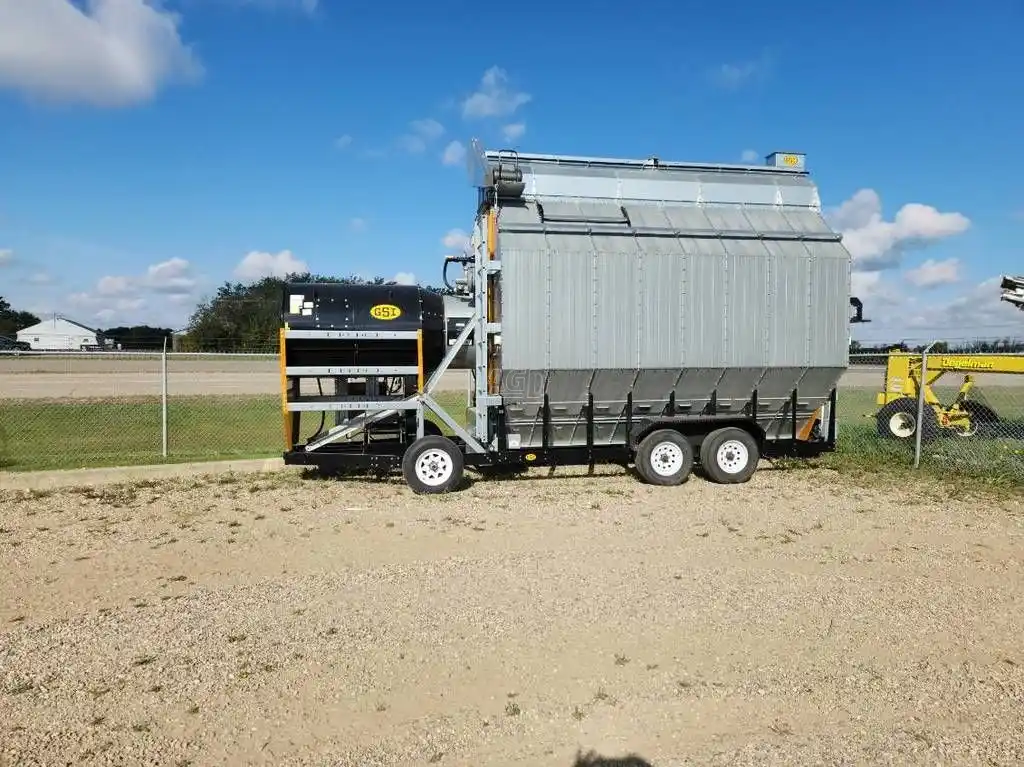Many growers will be hauling grain to local terminals over the winter, which means they’ll be in and out of the bin yard many times — making it a good time for off-season inspections on their grain handling equipment.
While it’s easy to remember to pull the big machines into the shop for that, don’t neglect other pieces of critical equipment on the farm. That includes grain handling equipment. Something as simple as a problem with a grain auger can stop an entire harvesting operation.
And permanent grain handling facilities, too, need regular inspections and maintenance to ensure they’re operating properly and safely.
Read Also

Claas brings 1000 Series SP forage harvesters to Canada
In mid-August, Claas unveiled its new line of Jaguar forage harvesters at an event in Visalia, California, deep in the heart of that state’s dairy region.
Recently, GSI sent out a reminder to producers to give grain handling systems a thorough inspection while things are relatively quiet.
“If they haven’t already done so, now is the time to check their grain bins, dryers and grain handling equipment,” GSI district manager Dave Ellis says. “An ounce of prevention can help save farmers tons of problems next season.”
For those growers with permanent grain handling setups, here are some tips from GSI.
First, if there’s a delivery pit, be sure to clean it out and keep it from filling up with debris or allowing any remaining grain to rot, which could attract rodents or other pests. Keep water out.
Next, inspect the bearings on grain legs and conveyors to make sure they’re in good working order. Check that grain elevator belts and buckets are intact and that belts are tight — and, of course, replace as needed.
Grain augers, too, should get an inspection to make sure their bearings are holding up. Also, cleaning any leftover grain out of them will reduce rust.
Cleaning up any spillage around bins will help reduce rodent problems. It’s also a good time to repair any damage to bins that might allow water infiltration.
Lastly, clean fans, removing debris or any other obstructions that could reduce performance. Inspect the motor and electrical connections to determine if any repairs or replacement parts are required.




